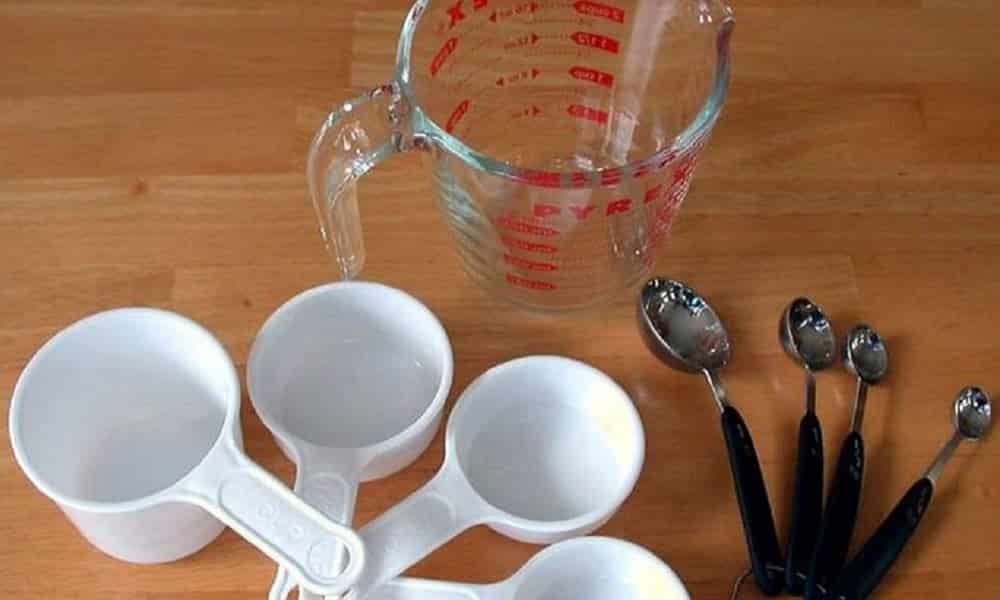Do you know how much 1/4 cup of milk is? And a dessert spoon of yeast? Learn to interpret the weights and measures of recipes:
First, say honestly: you know exactly how much 3/4 cup of milk is. Or, how much does 1/2 spoon of yeast or sugar actually contain? So, if the answer is no, know that you could be losing your revenue. This is all because you don’t know how to interpret the necessary weights and measures.
Therefore, too many or too few ingredients can change the flavor of your preparations. In fact, worse than that, it can “disrupt” the entire recipe, causing the consistency to change, for example. So it’s much more serious when it comes to weights and measures for confectionery or baked goods recipes. Because they need to have the coordinates followed exactly to work out as expected.
Of course, correct techniques make a lot of difference, but correct weights and measurements are also important differentiators. Therefore, it is essential to know how to interpret weights and measures in cooking. However, don’t worry because today we will help you interpret whole and fractional numbers so that you never get lost again while preparing a recipe.
Learn to interpret the weights and measures of recipes:
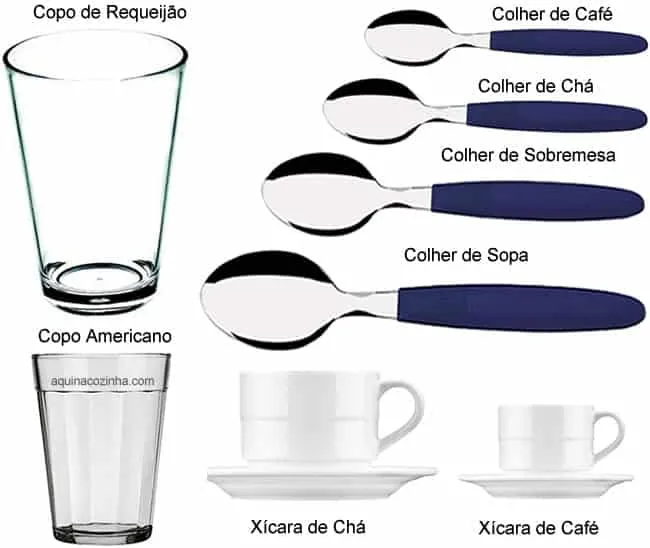
Therefore, in the table we prepared below, you will better understand the weights and measurements related to dry and wet items. Furthermore, you will better understand how much each milligram or milliliter represents in a practical way.
Liquids

Starting with net weights and measures:
1 cup = 240 ml
½ (half) cup = 120 ml
1/3 (one third) cup = 80 ml
¼ (a quarter) cup = 60 ml
1 tablespoon = 15 ml
1 teaspoon = 5 ml
Chocolate powder or cocoa powder
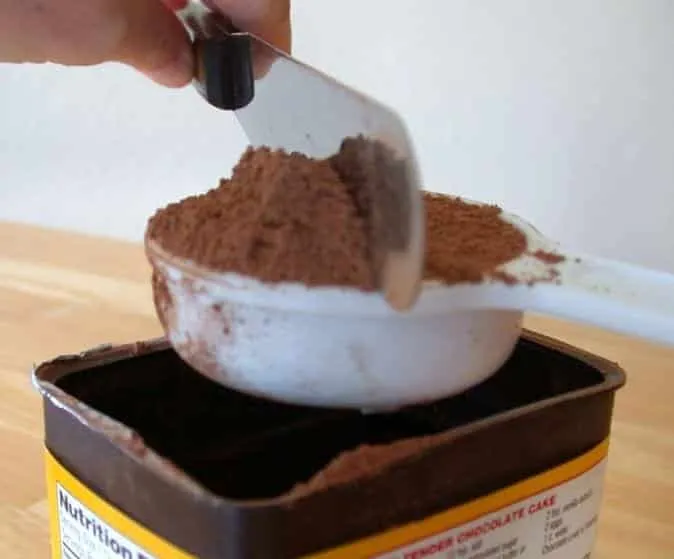
Weights and measures in the case of powdered chocolate:
1 cup = 90 g
½ (half) cup = 45 g
1/3 (one third) cup = 30 g
¼ (a quarter) cup = 20 g
1 tablespoon = 6 g
Butter, margarine and shortening
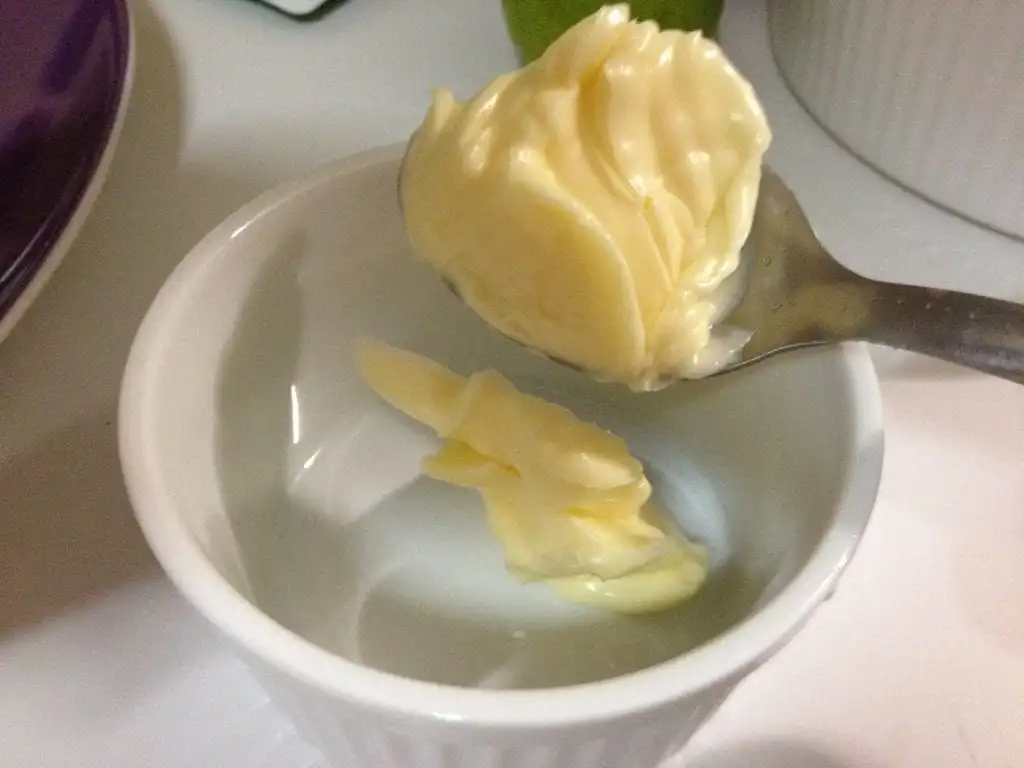
Weights and measures for margarine and shortening:
1 cup = 200 g
½ (half) cup = 100 g
1/3 (one third) cup = 65 g
1 tablespoon = 15 g
Sugar
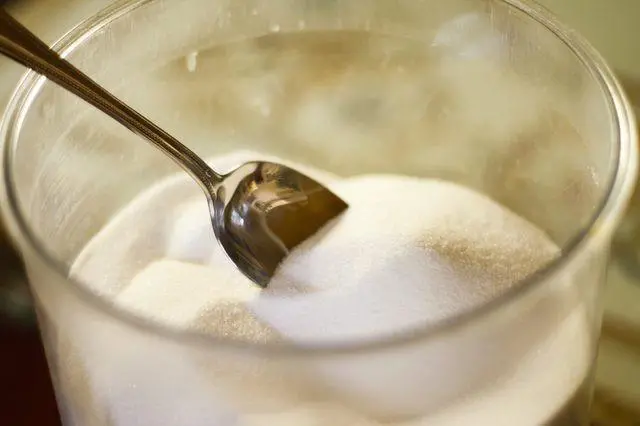
The weights and measurements of sugar, which is one of the most important ingredients in recipes:
1 cup = 180 g
½ (half) cup = 90 g
1/3 (one third) cup = 60 g
¼ (a quarter) cup = 45 g
1 tablespoon = 12 g
Wheat flour
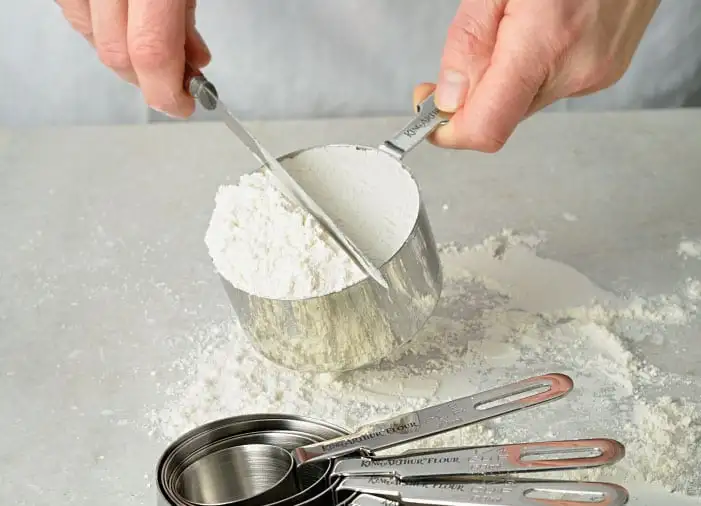
And finally the weights and measurements of wheat flour:
1 cup = 120 g
½ (half) cup = 60 g
1/3 (one) cup = 40 g
¼ (a quarter) cup = 30 g
1 tablespoon = 7.5 g
Anyway, what did you think of this article? By the way, speaking of recipes, you need to learn these other tips: 5 tips for replacing basic ingredients in your recipe.
Source: Easy Recipes

Sign up for our newsletter and stay up to date with exclusive news
that can transform your routine!
Warning: Undefined array key "title" in /home/storelat/public_html/wp-content/plugins/link-whisper-premium/templates/frontend/related-posts.php on line 12
Warning: Undefined array key "title_tag" in /home/storelat/public_html/wp-content/plugins/link-whisper-premium/templates/frontend/related-posts.php on line 13

